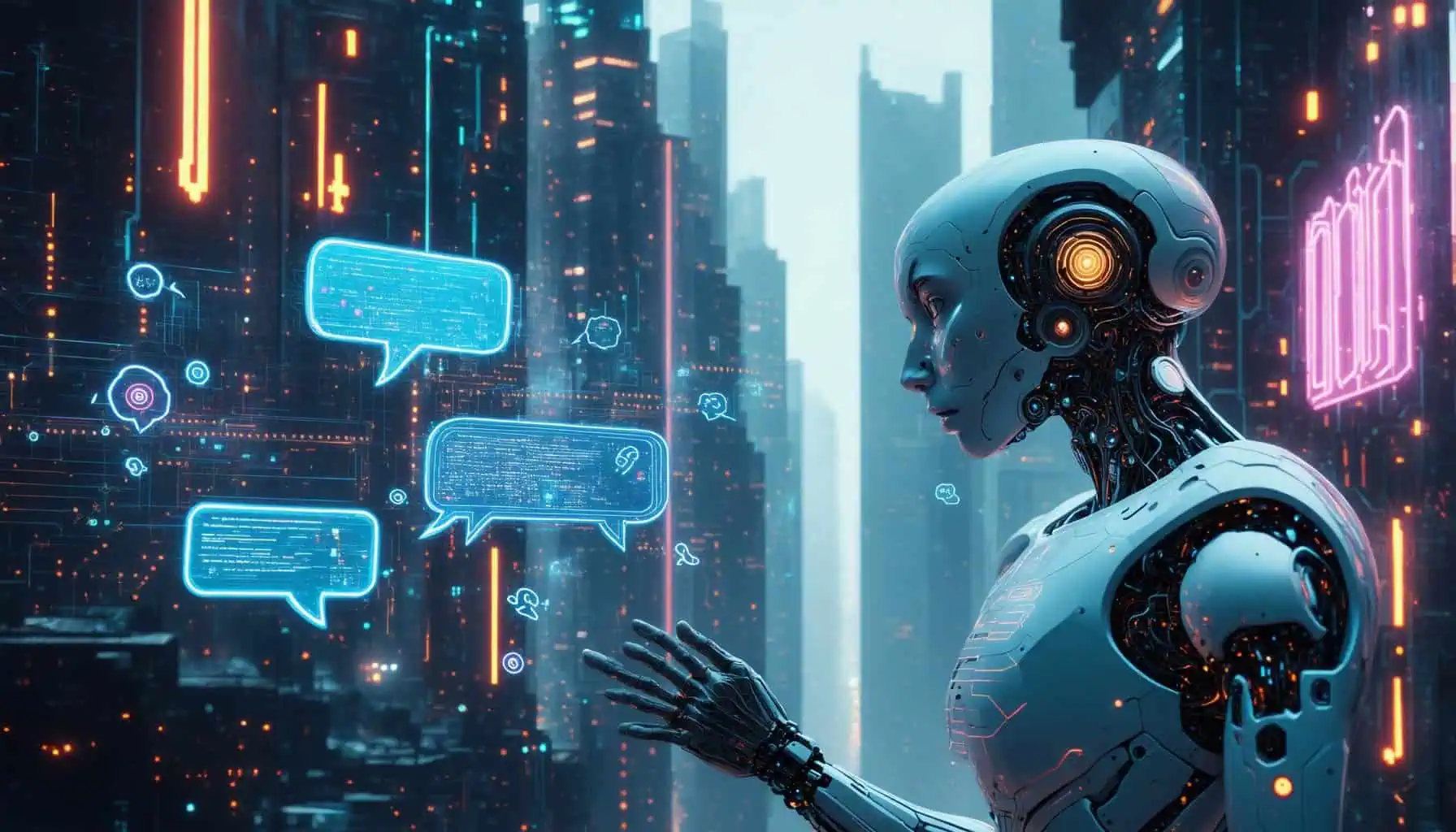ChatGPT has changed the way users engage with Artificial Intelligence. It was developed by OpenAI. It is an extremely powerful model of language that can generate human-like language, addressing questions and providing assistance to users in multiple domains.
In this thorough guide, we’ll go over the entire ChatGPT model, including its features, its working mechanism, applications, limitations, as well as future possibilities. Take a look at these 10 top alternatives to ChatGPT and highlight their main features, and help you determine which one will best meet your requirements.
Table of Contents
What is ChatGPT?
ChatGPT is an interactive AI model that was designed to create texts in a natural and consistent manner. It is built on OpenAI’s GPT (Generative pre-trained transformer) structure, which is trained with vast datasets that allow it to comprehend and create human-like texts. ChatGPT has changed through multiple versions, each offering enhanced capability and speed.
How ChatGPT Operates
1. NLP, or natural language processing
ChatGPT uses NLP methods to process and create text. It is able to understand user queries by looking at sentences, context, and word patterns.
2. Architecture of Transformers
The model is built upon the Transformer neural network that allows it to anticipate and create relevant responses based on the previous conversational words.
3. Strengthening Human feedback-derived learning (RLHF)
One of the most significant developments of ChatGPT includes the usage of Reinforcement Learning from Human Feedback (RLHF). This can improve the quality of response and reduce biases, by using human interaction to learn.
Key Features of ChatGPT
- Conversational Skills: Participates in meaningful discussions around diverse subjects.
- Multi-domain Support: Provides assistance in writing programming, coding, research education, and much more.
- Context Awareness: Recalls prior interactions in a session to ensure that the flow of conversation is consistent.
- Customization: Developers are able to fine-tune responses to particular applications.
- Multilingual Capabilities supports multiple languages for worldwide accessibility.
Use Cases of ChatGPT
1. Content Creation
Marketers and writers use ChatGPT to write articles blogs, blog posts, social media posts, and ads.
2. Customer Support
Businesses incorporate ChatGPT into chatbots to answer customer inquiries and provide immediate assistance.
3. Education and Learning
Teachers and students can use ChatGPT to help with tutoring, explanations as well as study aid.
4. Programming Assistance
Developers utilize ChatGPT to analyze codes, generate scripts and resolve programming problems.
5. Research and Analysis
Researchers make use of ChatGPT for composing research papers, brainstorming ideas and studying complex subjects.
Benefits of ChatGPT
- 24/7 Accessibility: Provides instant assistance any time, anyplace.
- Time-Saving Automates tasks, decreasing the manual effort.
- Cost-Effective: Reduces the requirement for human resources to provide customer support and content creation.
- Scalability: Capable of handling huge volumes of queries at once.
ChatGPT’s drawbacks
- Insufficient Real-Time Knowledge The model’s knowledge is based upon existing data, and it might not be up-to date.
- Potential biases: Despite advancements, AI models can still give biased results.
- Insufficient understanding Lack of Deep Understanding: Although ChatGPT produces coherent texts however, it doesn’t have real understanding.
- Problems with Context Retention Memory issues can cause it to forget the previous part of an exchange.
ChatGPT’s Future
1. Improved Context Retention
The future ChatGPT versions ChatGPT are expected to include upgraded memory capabilities, making long conversations more unified.
2. Enhanced Personalization
AI developers are currently working on personalized experiences that are according to user preferences and past experiences.
3. Ethical AI and Bias Reduction
An effort is being made to reduce biases and ensure the responsible AI use.
4. Real-Time Learning
Improvements may result in instant updates, which will allow ChatGPT to gain access to the most recent information in real-time.
How to Make the Most of ChatGPT
- Be clear and specific Be specific and precise: Give prompts that are detailed to ensure that you get the most accurate response.
- Break down complex questions Ask questions step-by-step for greater clarity.
- Try different inputs Change the wording of queries to investigate different perspectives.
- Verify Information: Double-check information with credible sources whenever necessary.
Conclusion
ChatGPT is a revolutionary AI chatbot which has changed many industries with its intelligent and effective text-based interactions. Although it does have some shortcomings, its benefits far surpass them, which makes it an ideal tool for teachers, businesses and developers as well as everyday users. As AI technology improves, ChatGPT is set to increase its power in shaping how we think about digital communications.




